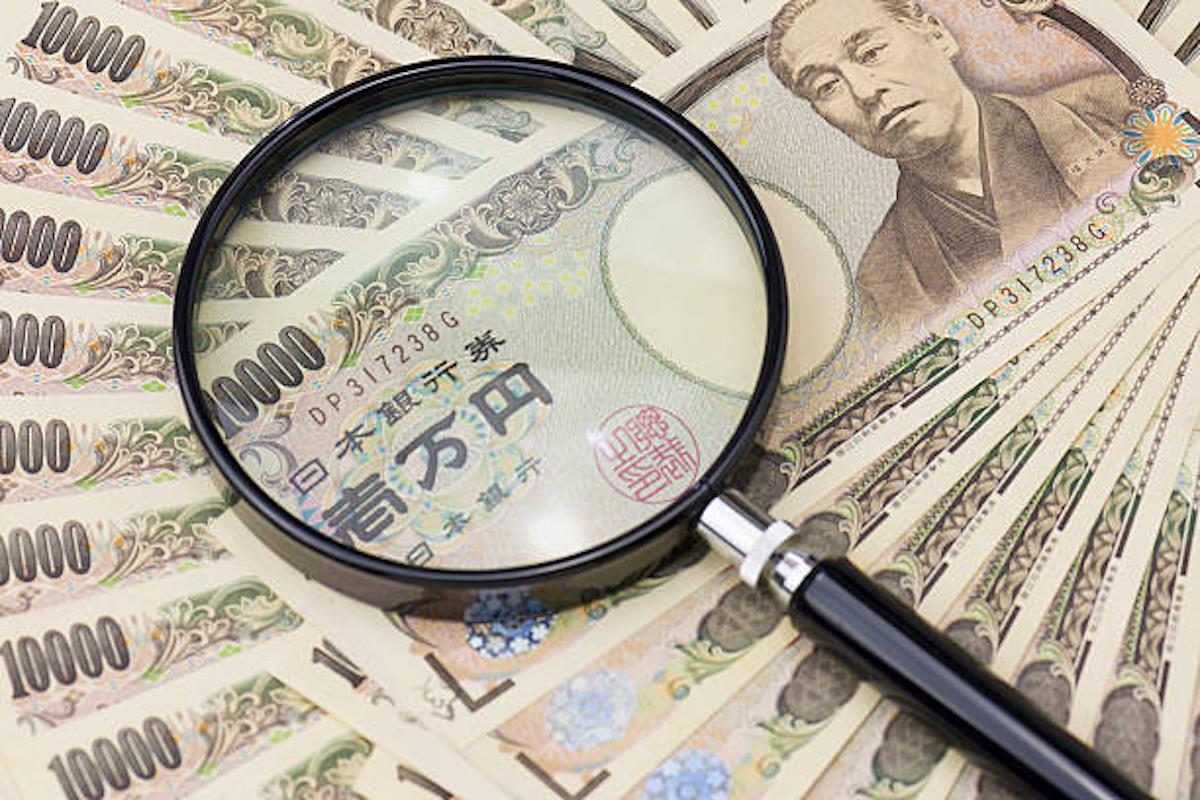
Japan Returns To Scene Of BOJ's Crime In 1999
Yet far from partying like it's 1999, the rise in 20-year yields back to levels from that year suggests trouble ahead for Asia's second-biggest economy - and perhaps global markets .
It was 26 years ago when the BOJ cut rates to zero, the first major monetary authority to do so. This week, the 20-year Japanese government bond (JGB) rate rose to 2.655%, the highest level since 1999. It sparked a level of volatility Tokyo markets haven't seen in years.
Since 1999, a succession of BOJ leaders have been trying to get short-term rates closer to 1% than 0%. To no avail. Today's BOJ Governor Kazuo Ueda has gotten no further away from zero than 2003-2008 Governor Toshihiko Fukui.
Between 2006 and 2008, the Fukui BOJ board managed to scrap quantitative easing, a policy dating back to 2001. Fukui pushed benchmark rates to 0.5%, the same level as today. Then came the 2008“Lehman Shock,” and with it a return to QE and zero rates.
In 2013, the BOJ went ever further than that. Under the leadership of then-Governor Haruhiko Kuroda, the BOJ hoarded JGBs and stocks as never before. By 2018, the BOJ's balance sheet topped the size of Japan's $4.2 trillion economy, a first for a Group of Seven member . The BOJ's yield-curve control policy effectively pushed rates into negative territory.
Enter Ueda, who took the helm in April 2023 determined to normalize Japan's rate environment. Then came US tariffs. The trade war has the Ueda BOJ halting its rate hike cycle.
With Japan seen growing all of 0.7% this fiscal year and tariff-related storm clouds gathering, the BOJ is essentially stuck at 0.5% until it knows where US President Donald Trump plans to take his trade war in the months ahead. It's not clear even Trump knows, as China, the real target of tariffs, is slow-walking trade deal negotiations.
If Chinese leader Xi Jinping opts against the splashy“grand bargain” deal of Trump's dreams, the US leader might lash out everywhere in anger. Officials in Tokyo worry Trump might then impose a universal tariff stacked on top of the 15% rate Japan negotiated.
In the interim, China concerns abound, keeping the Tokyo policymakers stuck in economic limbo. Mainland growth appears to be slowing across the board. If the BOJ continues tightening as China slows, might it just hasten Japan's slide into recession?

Legal Disclaimer:
MENAFN provides the
information “as is” without warranty of any kind. We do not accept
any responsibility or liability for the accuracy, content, images,
videos, licenses, completeness, legality, or reliability of the information
contained in this article. If you have any complaints or copyright
issues related to this article, kindly contact the provider above.




















Comments
No comment